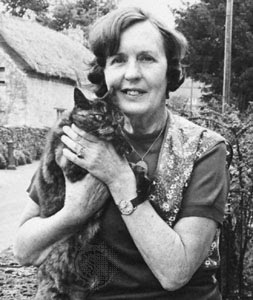What I learned from Dr. Tweet
Around this time of year, late fall or early winter, during the late 70s, we were studying Moby Dick in Dr. Tweet’s American Renaissance class. The theme of “heart’s honeymoon” was prevalent. Here were all these sailors, from all over the world, some barely “civilized” according to 19th century American mores, all depending on each other certainly for survival, but also for companionship and fellowship. Some couldn’t speak English, but that didn’t matter. They were still tied together in a common endeavor, “brothers in Christ”, if you will.
I saw the same theme in Heart of Darkness, by Joseph Conrad, my favorite writer. The thrill of it all, that despite our differences, we are human, and we need each other for love and for survival.
That’s a powerful message to remember at the end of this terrible year, where I fear we still are not out of the woods. This past week, I learned of the deaths of two more friends, not Covid 19 related, but devastating all the same. In the last six weeks, that’s, five people for me in the last six weeks alone. I don’t know how many altogether this year, but my Aunt Connie’s death stands out above all. Swift, terrible, sudden. In the last 2.5 years, I’ve had three funerals for family, several deaths on the same day, lost three of my closest friends, people I depended on. I lost my mother, too, and that seemed to start all of it.
While it’s true many of my friends were older, it is also true that I know people of extreme old age who are hale and healthy and who, yes, work.
It’s almost over, and many of us are still alive. My cousin, disabled, but still young, endures in a nursing home, with her devoted brother visiting on the other side of plexi glass every two days. Parents of other good friends and family languish in their assisted and even independent living establishments, trapped indefinitely till this nightmare is over.
It bothers me we forget who we are as Americans; that no one, on either side of the aisle, reads The Constitution. It bothers me that something as trivial as politics can cause an intellectual and philosophical civil war.
Forgive me for rambling, but for 13 years, I’ve watched my family suffer and die, often because of mistakes of incompetent hospitals and so called health care professionals. Yes, I’ve spoken up, reported, watched, done my due diligence. It didn’t help. My comfort is what goes around comes around; what happened to my family will happen to them, or even better/worse, to someone they love. I wish I could be there to laugh in their faces when that happens.
Despite the fact that my Mediterranean personality demands the vendetta, I try to live in memory to take comfort, especially during the holidays. I honor my family with cemetery flowers, but I try paying it forward to people with small gifts and contributions, by remembering our charities and church, by saying prayers, like “Thank you, Lord, for this day”, each morning.
I try to move forward, and have forgiven much of the past. I try to be kind to someone, even a stranger, to remember how fleeting life is, to try to enjoy what I can. Yet, I know that now, when I set our holiday table, I also prepare a place for the Angel of Death, who walks with me everywhere.
This holiday season, may your loved ones’ memories be eternal. Take comfort in Him who died for our sins, and whom we celebrate this time of year. As you take your ornaments out, treasure your memories, and remember that no one who is remembered really dies.





